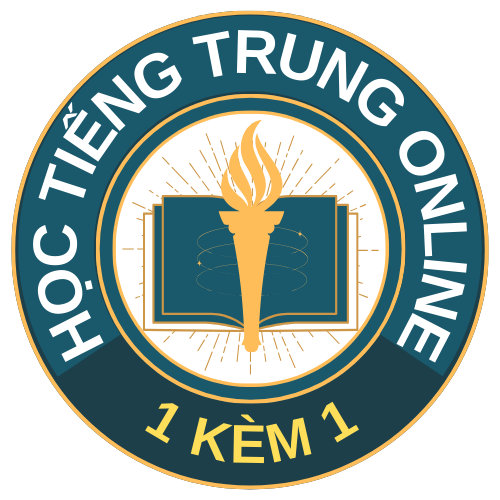Paranormal phenomena continue capturing scientific attention through contemporary approaches combining detection devices and analytical structures. This analysis synthesizes insights from 15 sources to examine recent advancements in spectral detection systems and psi phenomena studies[1][3][6].
## Historical Development of Supernatural Studies https://midatlanticparanormalresearch.com/
### Early Scientific Investigations
London’s Psychical Research Center introduced regulated tests using barographs and audio capture devices to document seance phenomena[1][9].
Toronto psychokinesis trial (1972) revealed seeming mind-matter interaction through inanimate object displacement, challenging scientific paradigms[5][13].
## Primary Techniques
### Technological Tools
– EMF meters: Measure electromagnetic changes associated with spiritual presence[3][6][11]
– Infrared cameras: Detect cold/hot spots related to reported hauntings[6][12]
– Radio frequency scanners: Process unexplained sounds through chaotic wave scanning[11][12]
### Information Assessment Methods
Parapsychologists employ:
– Baseline measurements to determine standards[6][12]
– Unbiased evaluation of sensory data[12][14]
– Expert verification through conferences like PA 2025[2][10]
## Modern Advancements
Freiburg Research Symposium will present advanced investigations on:
– Microphysical perception hypotheses[2][10]
– Algorithmic anomaly detection[14][15]
– Cross-cultural paranormal reports[4][7]
Paranormal Evidence Platform publishes image-based proofs of transcendental communication[4][15].
## Critical Challenges
Comprehensive analyses identify:
– Expectation distortion in subjective experiences[9][13]
– Electromagnetic interference mimicking anomalous readings[3][8]
– Brain activity connections with belief susceptibility[13][14]
## Future Directions
Paranormal research is progressing through:
1. Standardized protocols for information acquisition[10][12]
2. Interdisciplinary collaboration with brain researchers[13][14]
3. Advanced sensor arrays able to tracking non-localized phenomena[6][14]
EMF Specialist highlights: “Proper device standardization remains essential to distinguish authentic phenomena from environmental noise”[3][8].
